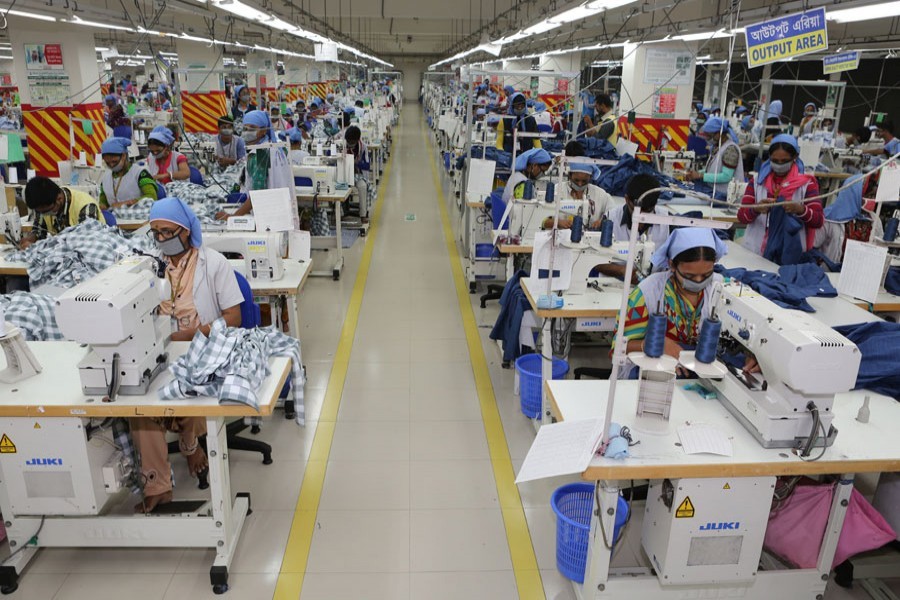There is no doubt in anyone's mind that the apparel and knit sector is at a tipping point, both externally and internally.
With a strongly compliant garments home front, better port handling leading to timely delivery of orders, and given our level of quality assurance, we shall eventually succeed in leveraging competitive prices for our products. The owners claim that they are taken for a ride by buyer alliances to settle for low prices. With their 'profitability' thus limited, their 'maneuverability' to pay remunerative salaries to workers is compromised.
Nobody contests the existence of such an issue; yet in all fairness to the workers, their wages and incentives must be as close to those of our export competitors as possible. Prof. Rehman Sobhan has termed the 70 federations 'ridiculous' emphasizing the rationale of collective bargaining to settle workers' demands remuneratively and amicably.
Presently, we set aside the external concerns in the belief that if internal deficiencies can be overcome, the external dividends will automatically pour in.
We have to realise that the garments sector is at a 'tipping point' which is a sharper and more compelling phrase than the sector being 'at the watershed'. The latter is an overused cliché the stakeholders need to avoid if they are to mean business. Being 'at a tipping point' spells a call for urgent action to consolidate, upgrade and move ahead with the RMG sector as a stronger pillar of the national economy.
The CPD study to examine the state of transformation of the RMG enterprises during the post-Rana Plaza period in terms of economic, social and gender-related issues has yielded thought-provoking data, observations, and a few conclusions.
As for the survey data released, the positives and the negatives do not outstrip or cancel each other; they are rather overlapping but do not detract from an overall social value addition. Actually it is a mixed bag in gender elevation terms, but not leaving you with an unpleasant task of separating the chaff from the grain.
Take for instance, the share of women employment in upper and middle grades, this is growing slowly representing a certain vertical mobility. Their presence, however, is negligible in the first and second grades.
While the overall ratio of female to male workers declined in the garments sector, the sewing and finishing sections are still dominated by women.
On the positive side, it is worth noting that the wage gap between the male and female workers has decreased (Tk 7,270 for male to Tk 7,058 for female per month).
Whereas women's ratio of participation in the apparel sector to men's was 64 to 36 in 2015 it now stands at 60.80 to 39.20 per cent. Since we take pride in showcasing the overwhelming presence of women in the apparel sector as a convincing proof of women's empowerment in the socio-economic sphere we cannot afford the balance between male and female participation to be upset or reversed.
The biggest challenge is going to be automation. A retraining plan needs to be set afoot to unfurl an umbrella on those likely to be thrown out of work. This may also help us against any runaway recruitment of foreigners.
To end on a positive note gleaned from the CPD presentation: "Both entrepreneurs and buyers have kept their confidence in investing in the sector creating additional employment at a time when workers are losing jobs due to closure of a good number of factories."
Safari Hi [email protected]


